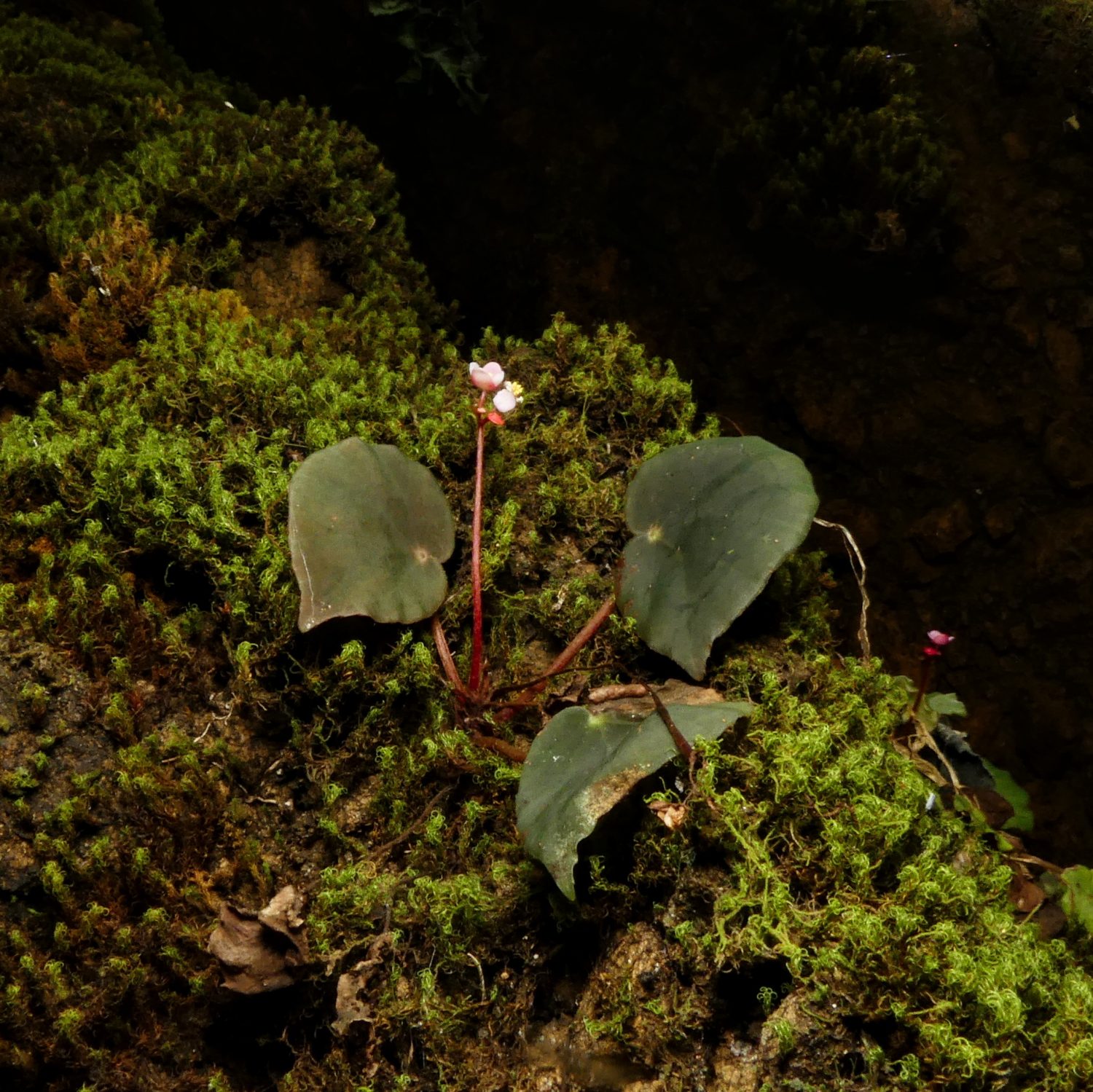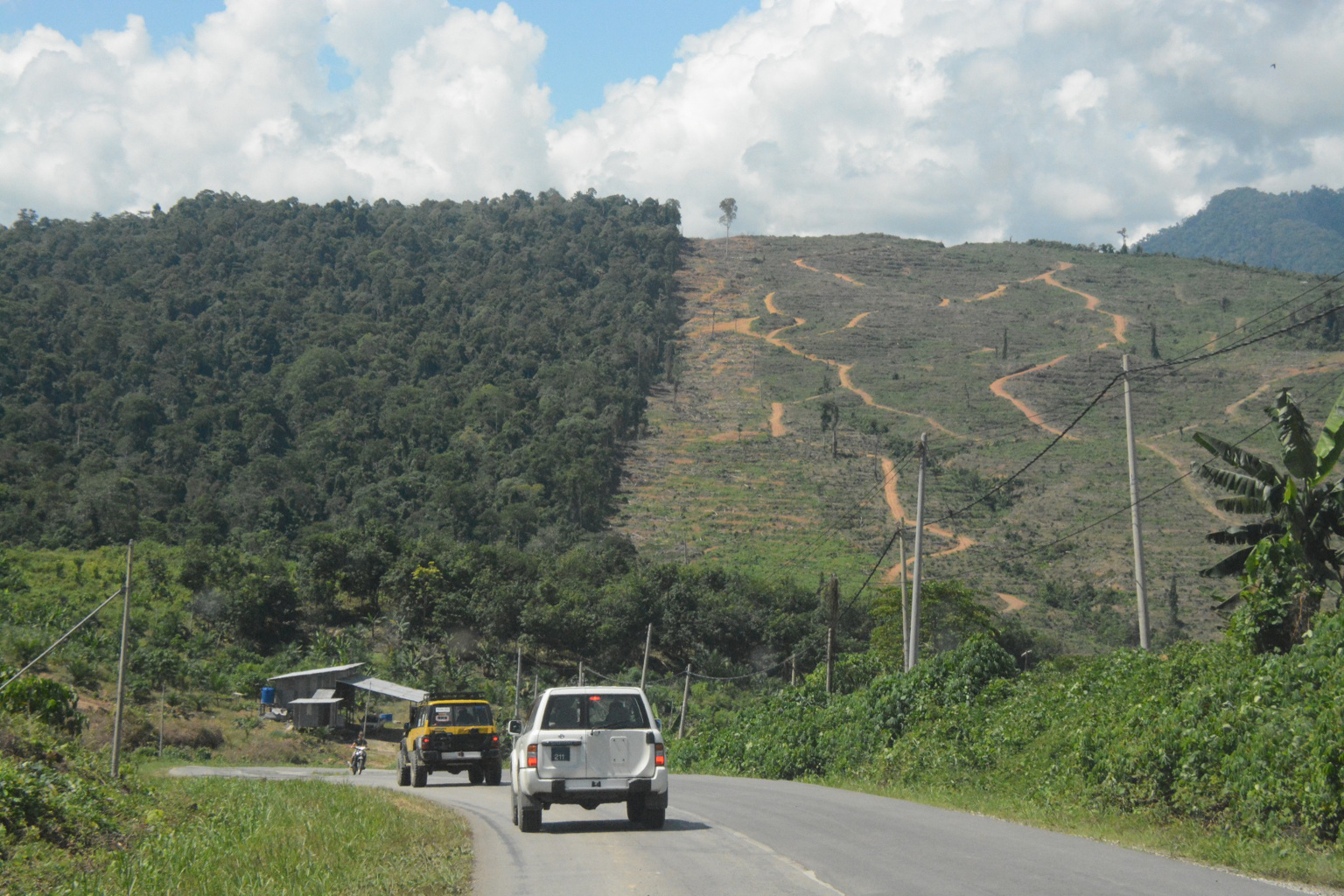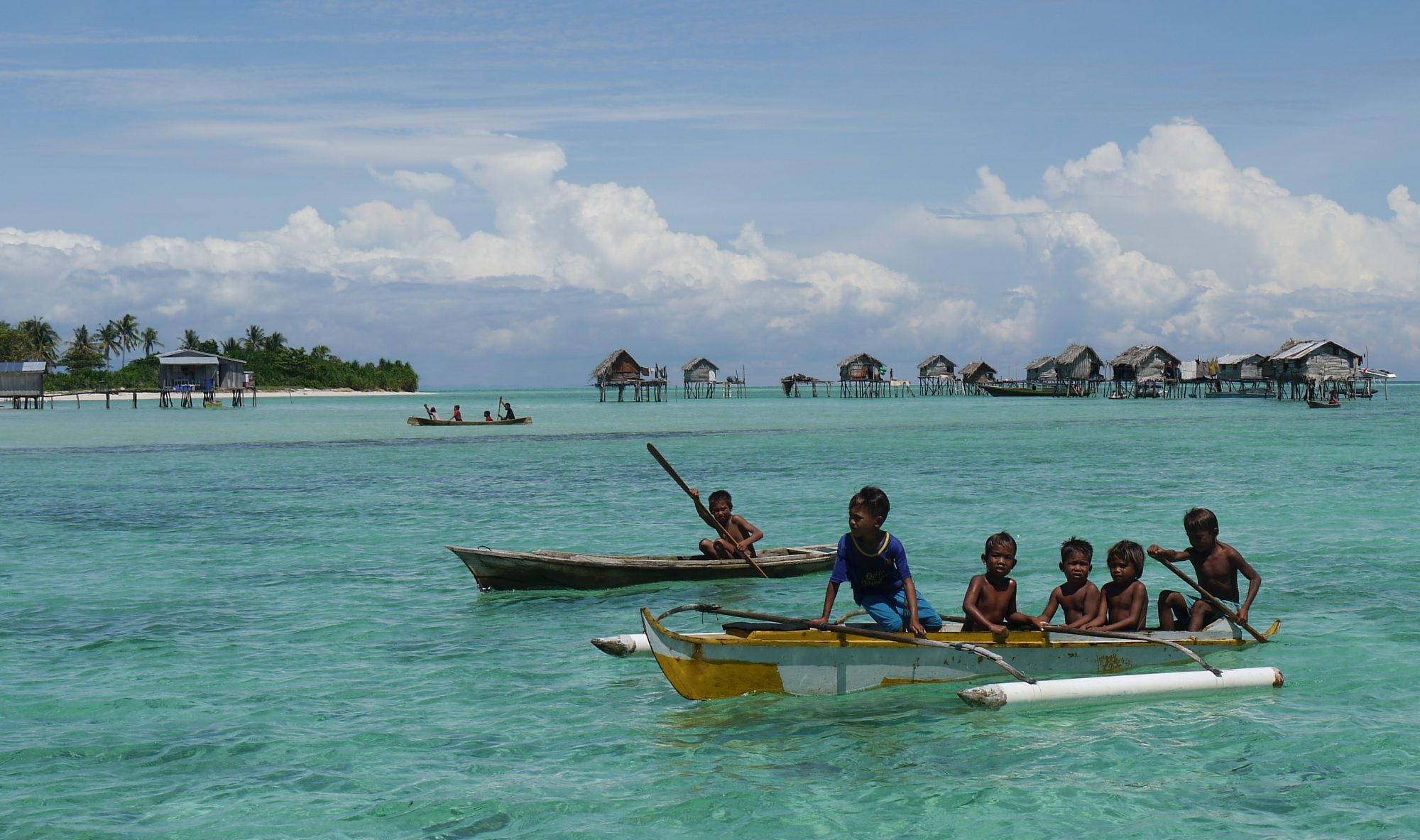Indigenous and community conserved areas (ICCAs): natural and/or modified ecosystems containing significant biodiversity values, ecological services and cultural values, voluntarily conserved by indigenous peoples and local communities, both sedentary and mobile, through customary laws or other effective means (IUCN 2010).

Indigenous and community conserved areas as wildlife sanctuaries
It is one of our visions that more community-owned ecosystems can be conserved through synergistic collaboration, started with our founder‘s mission of enhancing community initiatives for conservation with science. These places, despite being smaller and/or more fragmented compared with governmental conservation areas, may still harbour some important species and require even more attention because of their socio-economic and ownership situation.
We are currently working with the following communities, and welcome you to visit and support:
- Maranggoi River Reserve of Kampung Pinolobu, Kadamaian, Sabah
- Maragang Hill Reserve of Kampung Mesilau, Kundasang, Sabah
- Penawan Waterfalls Eco-Park of Kampung Penawan-Pengalih-Pa’Putih Cooperative, Lawas, Sarawak
- Belanum Native Reserve of Uma Belor’s Native Customary Right (NCR) land, Bakun Reservoir, Belaga, Sarawak
Some of the reasons why we are doing this:


Don’t worry, and don’t bother to ask, we won’t disclose the exact location of all sightings of iconic/ rare/ endangered species we observed, until the place is protected, and unless you are contributing towards that goal 🙂
The choice is pretty obvious:

(All photos and edit by Khoo M.S. unless otherwise stated. All rights reserved.)
More on the definitions:
Indigenous and community conserved areas (ICCAs), or indigenous peoples’ and community conserved territories and areas, are spaces de facto governed by indigenous peoples or local communities with evidently positive outcomes for the conservation of biological and cultural diversity. In ICCAs, the continuation, revival or modification of traditional practices (some of which are of ancient origin) and/or new initiatives succeed in protecting and restoring natural resources and cultural values in the face of new threats or opportunities. Some ICCAs are situated in remote ecosystems that have had minimum human influence, while others encompass areas of various regulations and magnitudes within regions strongly affected or modified by human occupation. ICCAs may or may not fit the IUCN definition of “protected area” but, when they do, they can fall into any IUCN protected area categories.
The following three characteristics are used to identify an ICCA:
- A strong relationship exists between an indigenous people or local community, and a specific site (territory, ecosystem, species habitat). This relationship is often embedded in the people’s or community’s sense of identity and/or dependence for livelihood and well being.
- The indigenous people or local community is the major player in decision-making and implementation regarding the management of the site, implying that a local institution has the capacity to develop and enforce decisions (other stakeholders may collaborate as partners, especially when the land is owned by the state, but de facto decisions and management efforts are predominantly taken by the concerned people or community).
- The people’s or community’s management decisions and efforts lead to the conservation of habitats, species, genetic diversity, ecological functions/ benefits and associated cultural values, even when the conscious objective of management is not conservation (i.e., it may be livelihoods, security, safeguarding cultural and spiritual values, etc.).
Source: Wikipedia 2020-05-20

